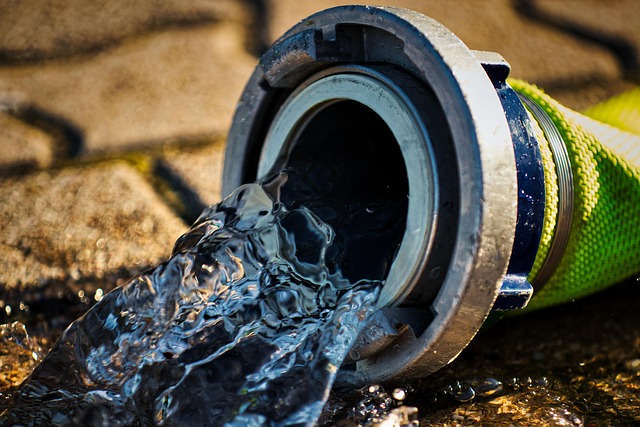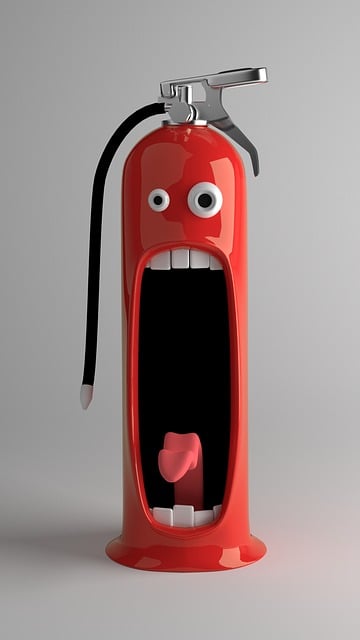In Texas, where diverse climates and landscapes impact fire seasons, smoke damage from wildfires poses risks to urban and rural communities. Indoor air testing using advanced equipment assesses pollutants like particulate matter and volatile organic compounds (VOCs). Understanding test results is crucial for effective remediation strategies to protect health and ensure safer living environments in Texas by sealing infiltration sources, removing contaminated materials, and employing air purification systems with consultation from certified professionals.
“In Texas, where homes vary widely, understanding smoke damage is crucial for indoor air quality. This article guides you through the intricate process of smoke damage indoor air testing, essential for ensuring a safe living environment. We’ll walk you through ‘Understanding Smoke Damage in Texas Homes,’ ‘The Process of Indoor Air Testing,’ and ‘Interpreting and Mitigating Test Results.’ Take control of your home’s air quality today.”
- Understanding Smoke Damage in Texas Homes
- The Process of Indoor Air Testing
- Interpreting and Mitigating Test Results
Understanding Smoke Damage in Texas Homes

Smoke damage from wildfires has become an increasingly prevalent issue across Texas, impacting both urban and rural communities. With the state’s diverse climate and landscapes, fire seasons can vary in intensity and duration, leading to widespread smoke infiltration into homes and buildings. This poses significant risks to indoor air quality, affecting not only structural integrity but also the health and well-being of residents.
In Texas, smoke damage can result from both direct exposure during a wildfire and subsequent secondary sources like burning debris and nearby industrial activities. Testing for indoor air pollution after such events is crucial to assess potential hazards. Experts recommend conducting thorough inspections using advanced equipment to detect various pollutants, including particulate matter, carbon monoxide, and volatile organic compounds. By understanding the extent of smoke damage, homeowners and professionals can take appropriate measures to mitigate risks and ensure a healthier living environment.
The Process of Indoor Air Testing

In Texas, indoor air testing for smoke damage involves a meticulous process designed to assess and quantify potential health risks. It begins with an initial assessment where professionals inspect the affected areas, noting visible evidence of smoke or fire damage. This step is crucial in determining the extent of contamination and guiding further testing procedures.
Samples are then collected from various surfaces and air pockets using specialized equipment. These samples may include dust, debris, and air filters. In Texas, certified labs analyze these samples for the presence of volatile organic compounds (VOCs) and particulate matter associated with smoke. The results provide insights into the type and concentration of contaminants, enabling professionals to recommend appropriate remediation strategies to restore indoor air quality.
Interpreting and Mitigating Test Results

When conducting smoke damage indoor air testing in Texas, understanding the results is paramount for effective mitigation. If the test reveals elevated levels of harmful pollutants like particulate matter and volatile organic compounds (VOCs), it indicates residual smoke contamination. In such cases, a comprehensive remediation strategy should be implemented. This typically involves identifying and sealing sources of infiltration, using specialized equipment to remove contaminated air and surfaces, and employing air purification systems to restore indoor air quality.
Texas residents and businesses should consult with certified professionals who can interpret test data accurately. These experts will determine the extent of damage and recommend tailored solutions. Regular monitoring post-remediation is crucial to ensure that air quality returns to safe levels and prevents further health risks associated with smoke exposure.
Smoke damage from wildfires, kitchen fires, or other incidents can significantly impact indoor air quality in Texas homes. Proper indoor air testing is crucial for identifying harmful contaminants like volatile organic compounds (VOCs) and particulate matter left behind by smoke. By understanding the process of indoor air testing and interpreting test results, homeowners in Texas can take informed steps to mitigate any health risks associated with smoke damage, ensuring a safer living environment for their families.
